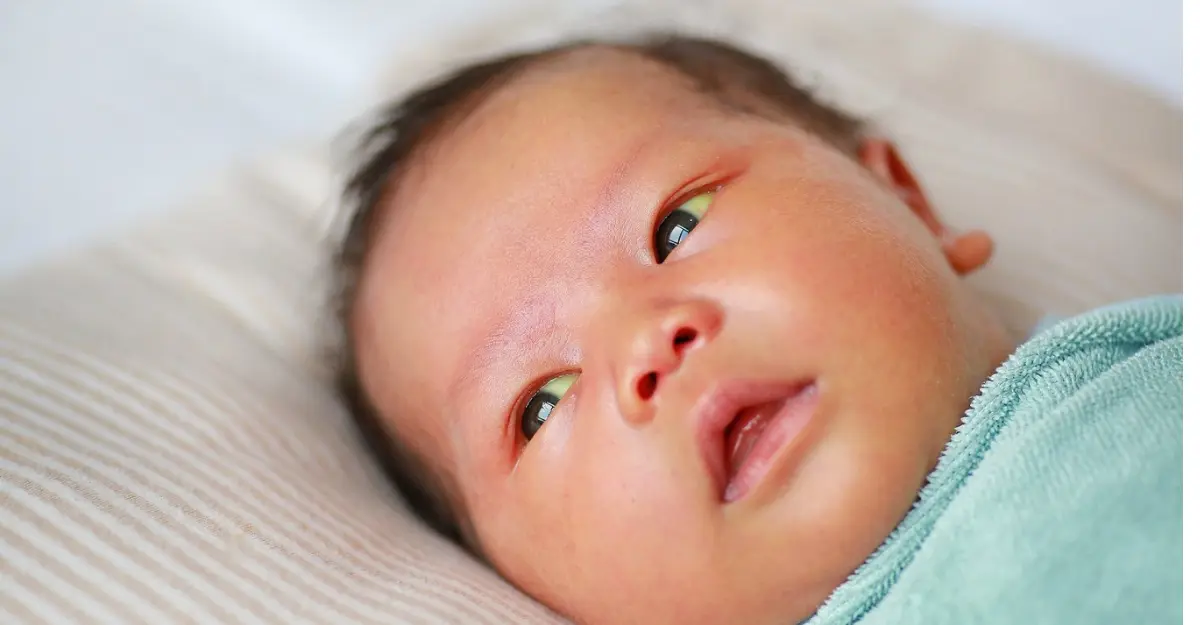Understanding Newborn Jaundice: What Parents Need to Know
Jaundice is one of the most commonly observed conditions in newborns during the early days of life. While the appearance of yellowish skin may cause concern, in most cases, jaundice is a temporary and manageable condition. Knowing when it is normal and when it may need treatment is essential for new parents and caregivers.
What Exactly Is Newborn Jaundice?
Jaundice refers to the yellowish discoloration of a baby’s skin and the whites of the eyes. This change in color is due to a buildup of bilirubin, a yellow pigment produced when red blood cells are broken down. More than half of newborns will show signs of jaundice during the first week of life. It generally becomes noticeable after the first 24 hours, reaches its peak between the third and fifth day, and fades by the end of the second week.
Why Does It Happen in Newborns?
Newborn babies have a higher number of red blood cells at birth, which begin to break down shortly after delivery. The resulting bilirubin usually gets processed by the liver and eliminated from the body. However, a newborn’s liver is still maturing and may not efficiently remove all the bilirubin, causing a temporary accumulation. This natural process is referred to as physiological jaundice and does not usually require treatment.
When Jaundice Is More Than Normal
Not all jaundice in babies is considered physiological. In some cases, the cause may be an underlying medical issue, such as blood group incompatibility, infection, or a metabolic disorder. This type is known as pathological jaundice and often appears within the first 24 hours of life or shows rapidly rising bilirubin levels. Pathological jaundice requires closer observation and appropriate medical management.
The Role of Breastfeeding
Breastfeeding is important for newborns, but it can sometimes contribute to prolonged jaundice. A condition called breast milk jaundice occurs in a small percentage of babies who are otherwise healthy and feeding well. This type of jaundice tends to persist longer but is usually harmless. In rare cases, a brief pause in breastfeeding might be recommended by a doctor to assess its impact on bilirubin levels. Expressing milk during this time helps maintain lactation.
How Doctors Assess Jaundice
To evaluate jaundice, healthcare providers often start with a physical examination and may follow it up with blood tests to determine the bilirubin level. Depending on the test results and how the baby appears clinically, the doctor will decide whether any intervention is required. In most instances, no aggressive treatment is needed, but regular monitoring is important to ensure that bilirubin levels stay within a safe range.
Phototherapy: A Common Treatment
When treatment is needed, phototherapy is the most frequently used approach. This involves placing the baby under a special blue light that helps the body break down bilirubin more efficiently. The baby is kept with minimal clothing to expose more skin, and eye protection is provided to prevent light sensitivity. Phototherapy is safe, effective, and often resolves the condition within a few days.
When Exchange Transfusion Is Needed
In very rare and severe cases, if bilirubin levels rise to a potentially dangerous point, doctors may perform an exchange transfusion. This involves gradually replacing the baby’s blood with donor blood to rapidly lower the bilirubin concentration. Though rarely required, this procedure can prevent serious complications such as brain damage from excessive bilirubin, known as kernicterus.
Monitoring and Follow-Up Care
Even after visible signs of jaundice fade, follow-up care is important to ensure the baby is recovering well. Babies who had higher bilirubin levels or required phototherapy should be closely monitored to avoid any recurrence or long-term effects. In most cases, with proper observation and timely care, full recovery is expected without any complications.
Conclusion
Neonatal jaundice is usually a benign condition that resolves naturally but recognizing the difference between normal and potentially serious jaundice is important. With regular newborn check-ups and guidance from a pediatrician, most cases are easily managed. For expert evaluation and specialized care for newborns, families can always trust the dedicated Neonatology team at KKCTH to provide compassionate and reliable support through every stage of infancy.




